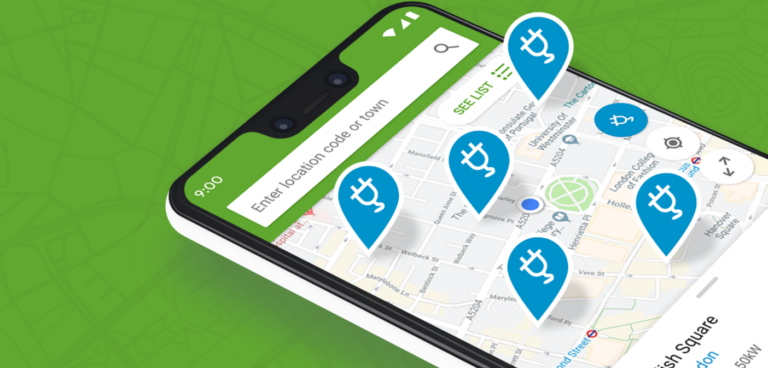Peter O’Driscoll, managing director at UK mobile parking service RingGo, assesses the impact of Covid-19 on the transport industry by revisiting mobility predictions made at the start of the year…
To bring in the new year, industries across the globe made predictions as to how this year would pan out. However, with just over a third of the year left, there is no doubt that this year could not have been anticipated by anyone. Many have had to pivot and reprioritise to maintain business continuity and adapt to the constant changes – two eventualities that the automotive industry has not been exempt from.
Considering how unpredictable the global situation may have seemed and may still seem, a lot has been learned by refocused efforts to improve resilience and safety in the transport industry.
Pushing a touch-free future
At the beginning of lockdown many tech predictions, such as those around emerging smart car technology, were put on hold when almost every car remained parked, at home, for months.
However, ‘touch free’ parking through phones and apps became a key component in helping to get the country safely moving again. Initially cashless payments were adopted by councils to be more inclusive. Now the solution helps minimise infection rates and encourages more people out of their houses without putting the public or employees at additional risk.
Reduced pricing and reinforced safety messaging have been put in place to promote cashless payments in the aftermath of the pandemic, but as adoption rises, so will the popularity. Leading up to the end of the year, many will see the benefits of using a parking app that not only allows them to pay in a simple way, but helps to locate availability, provides directions, and enables you to extend your parking session from anywhere if you fancy a little extra time.
Eco-conscious mobility
Back in March, we were already seeing significant impact of the lockdown on the environment as car registrations fell 44.4% and motorway traffic dropped by a staggering 83%. Commuters are less keen to get back to using trains and buses, so car usage has shot up instead. This in turn increases traffic, with a higher volume of vehicles on the road, causing pollution levels to gradually rise.

However, not all hope is lost for the environment. More cars may be on the roads, but many of them are cleaner hybrid or electric vehicles. As an additional bonus, it was announced in April that company car drivers and fleet operators choosing an electric vehicle will incur zero tax on Benefit-In-Kind.
The adoption of cleaner vehicles is also being encouraged by local policies such as Emissions Based Parking (EBP). EBP charges higher polluting vehicles more to park than hybrid or electric vehicles, adding another financial incentive to owning a cleaner car.
Re-building local authority relationships
Local authorities are always planning for the future, but 2020 threw most of those plans out of the window. However, as lockdown restrictions ease, local authorities need to be both considerate of safety and wellbeing, while still getting people back into town centres and opening attractions.
At the beginning of the year we talked about learning from consumer data, but those patterns have all been overridden. So, we need to establish new baselines, current consumer behaviour – who is coming in and out of cities, what types of cars are being used, how is this impacting wellbeing and the environment?
Planning will also be driven by government announcements and changes to lockdown orders, so agility is key. Now is the time to turn to data-driven integrated services to understand patterns, make plans and ultimately breathe life back into the once bustling streets.
This trend towards data will enable providers within the industry to ensure that solutions are being developed to meet new, evolving consumer and societal needs, as well as cater to local authorities that need digital solutions rather than simple transactional tools to get them back up and running.
As unexpected as 2020 has been, and despite the high chance that the surprises are still not over, there is a greater opportunity to learn, adapt and ultimately improve our new way of living. But how our mobility solutions adapt to the impact of Covid-19 will be a key focus for a long time to come.





